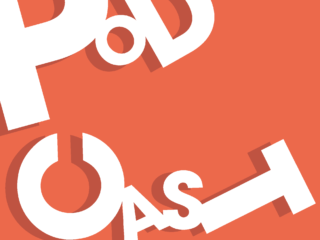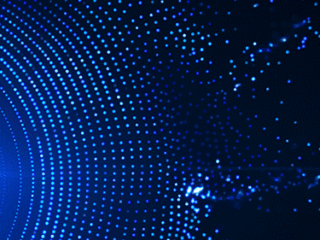Finding art for an article or report involves much more than selecting an image that best matches the content. Designers have to consider a number of factors: What are the company’s brand guidelines? What has been used for similar recent pieces? What are the authors’ preferences? Does photography or illustration better lend itself to the subject?
I spoke with my design colleagues Erik, Jake, Justin, and Ugnė—and weighed in myself—about how to balance these considerations and find inspiration when stuck.
What are the first things you consider when starting an art search?
Justin: The first thing I consider is what art the company used for previous pieces within the same practice or for related topics. I appreciate consistency and prefer art to match closely within a specific topic or theme. If the piece calls for something outside of the standard, then I push to improve on the visuals if possible. I find it important to read through the content to get a clear understanding of the story, and then I compare the content to provided keywords and align both for the best results.
Ugnė: Without fully understanding the main takeaways or keywords, it’s much harder to find something that fits the tone of the work. And a poorly picked art selection can discredit the content alongside it. So I start by trying to understand the core meaning of the content. I read everything first and then focus on the headers and callouts that are referenced most often.
Katie: If the art search is for a topic that I’m not familiar with, I’ll head over to Google and do an image search of the keywords so I know generally what to look for. This gives me a bit of a head start when I get to the stock image websites we use. Besides that, I try to use choose photography that uses “good” design principles—such as composition, balance, and a clear focal point. My favorite art searches tend to be the ones where we have a bit more freedom in choosing imagery because we can use our knowledge and experience to pick the best possible visuals for the content.
What are the biggest challenges? Do you have a trick for spicing up your search when you’re stuck?
Jake: Among the thousands of photos that come back from a search, about 10 to 20 are striking and unique. So just weeding through all the results to find photos that are genuine and natural can be a challenge. By pairing “dynamic” and “dramatic” with the other search terms, I am often able to find photography that is striking in composition and color and that conveys a feeling or mood.
Katie: Similar to Jake, I find the biggest challenge to be finding stock imagery that doesn’t look like the stereotype of stock imagery. I am sometimes genuinely caught off guard by how ridiculous the options are. My secrets are adding “abstract” to the search, checking the other images by the same artist, and rereading the article for potential new search terms.
Ugnė: The best advice I have for mental blocks is to use a thesaurus to find synonyms for the terms used most often in a piece of content. This helps you see similar contexts and related terms that are a little farther away from what you’ve been focusing on. Getting stuck is almost like having a word on the tip of your tongue. Thinking about other topics can help nudge the perfect idea loose.
Erik: I also like to search for synonyms of the subject or key words and to pair these words with different adjectives. For instance, if “remote work” doesn’t yield good results, I’ll try stronger, more specific concepts, such as “youth working on a computer from home” or “remote business meeting.”
How do you feel about photography versus illustration? Do they convey different messages?
Jake: I think both serve a purpose, and the content should guide what we go with. Illustrations are incredibly helpful for specific subjects, such as a process or step-by-step action, which a photo might not evoke. For vague or abstract topics, such as moods like “melancholy” or “sadness,” photos can usually represent the content best. Additionally, the choice between photos and illustrations depends on the layout design. Some photographs can’t be cut and need to stay inside a certain shape, whereas illustrations have a more organic shape that is easier to work with in a layout or white space.
Justin: I regularly use photography for pieces that are more grounded in a focus on a specific part of an industry or when the topic is more serious, such as natural disasters. In these instances, illustrations might feel a bit too playful and light. I often find myself preferring to search for illustrations of people and abstract objects because they provide a larger variation of options for similar themes within a search. Illustrations can also be adjusted to fit an organization’s brand or created from scratch to adhere to a specific vision I have in mind.
Do you prefer either photography or illustration over the other?
Katie: I prefer illustration every time. I think it’s easier to find illustrations that don’t look cheesy or staged. They also bring an element of abstraction to a potentially dense article and are often unexpected or unusual—especially in corporate business publications. I think they catch more people’s attention.
Jake: I love a mix of both photography and illustration when working on a publication. It creates a rhythm throughout a piece that keeps the design from getting stale.
Ugnė: Both photography and illustration have essential roles—most of the time, the art style should balance the complexity of the work. Like most design decisions, my choice for photography or illustration is dependent on how other variables are interacting with each other and how the addition of a photo or illustration could improve the clarity of—and not hinder or distract from—the overall message.




Leave a Reply
You must be logged in to post a comment.